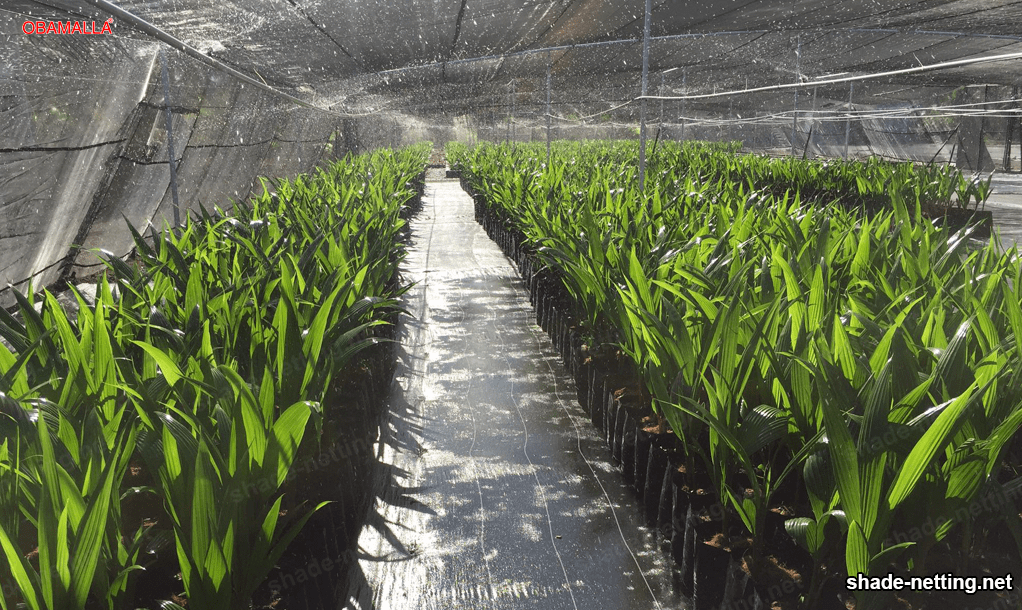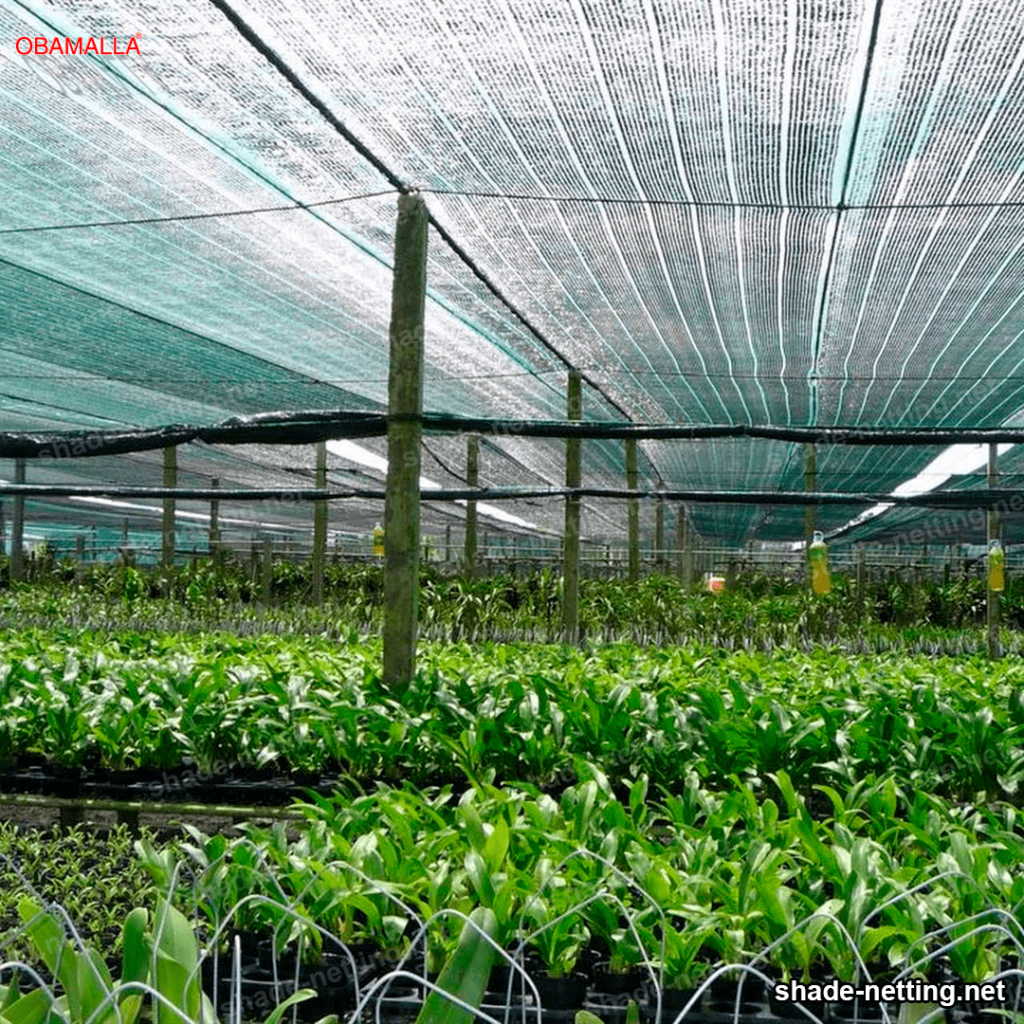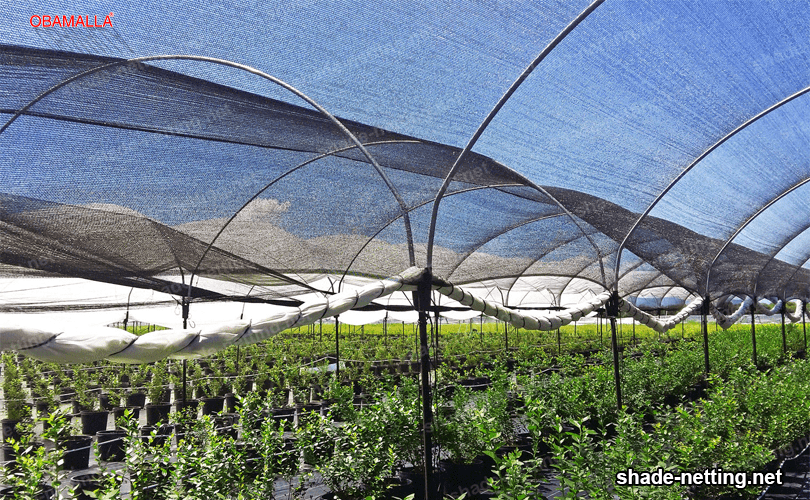Introduction
Installing a shade screen for your yard can enhance its appearance and provide some privacy and protection from the weather. Shade screen are available in a variety of materials including a variety of sizes to give the screen the tension it needs to stay in place.
Installing a shade screen is something that most people can easily do in a garden or backyard. Before you begin installing the shade screen. You will need to have the surface prepared where you want to install the screen. This will include leveling the ground. Removing weeds and gravel, and making sure the area is clean and ready to be work on. It is also important to have an accurate measurement of the area where the screen is desire. This will allow you to purchase the proper amount of mesh. The proper amount will depend on the size of the mesh. The size of the support posts and the number of openings needed for installation.
After properly preparing the area and measuring the necessary materials. It is now time to drill the holes for the support posts. One support post at each corner, and additional posts will be distribute every two meters along the perimeter. The most important thing for the installation of the shade screen is the depth of the support posts. To ensure that the mesh is properly tension. The support posts should be place at least 18 inches below the ground surface.
Once the site have be clear and the support posts are in place. It is now time to install the shade screen
Start by placing the edges of the mesh around the support posts and securing them with hooks or staples. Once the border is securely fasten, the shade netting will extend around the perimeter of the area. It is important to remember that the mesh must be as taut as possible to support the weight of the snow. To achieve this, it is necessary to secure the ends of the shade netting with staples, hooks, washers or wire.
Once the installation is complete, it is time to secure the mesh to withstand the elements. This can be done with a matching solution that is brushed onto the edges of the screen to prevent fraying. Splitting or deterioration. You can choose a waterproofing solution to prevent water buildup, or a solution to stop the action of ultraviolet rays.
If you want to keep the area cleaner, a layer of monofilament mesh is recommend. This mesh is a fine, lightweight material that blocks light. Leaving the edges of the shade mesh ventilated enough to prevent moisture and debris from accumulating. At the same time, it allows the shade netting to last much longer. Installing a shade screen is a simple process that anyone can do. Remember to follow the steps correctly and safely to ensure the durability and good looks of your outdoor space.

Tools needed to install a shade screen
Installing a shade screen in your garden or patio is a great way to protect yourself from the sun and wind, as well as create a new ambiance for your outdoor space. To accomplish this, you will need to use specific tools to ensure that the shade screen is install correctly and lasts a long time. These tools include a cement mixer, backer rods, wall nails, pliers, hammers, drills, screwdrivers, saws and a ladder.
To begin, a cement mixer will be need to prepare the mix that will hold the support posts in place. The posts will need to be reinforce enough to support the weight of the mesh and the proper height to prevent a strong gust of wind from knocking them down. After mixing and placing the support posts, wall nails will be need to connect the mesh to the posts. These nails will need to be tightly secure to prevent slippage over time due to structural movement caused by wind.
Once the mesh installation is complete, pliers will be need to tie the ends of the mesh to the support posts
The pliers must be the right tool to do this job. As they must be strong enough to withstand the tension and ensure that the knots are sufficiently binding.
The next step is to attach the support posts to the ground. This will require hammers, drills, screwdrivers, screws and a ladder to ensure that the posts are deeply buried in the ground. This is essential to keep the posts securely in place and prevent them from being blow away by wind or other external factors. And finally, the edge of the shade netting should be carefully cut with a handsaw. It is important to make sure to follow the desired shape and demarcation for a satisfactory result. So the saw should be the right tool for a job that requires precision.
Installing a shade screen in your garden or patio will require a variety of tools such as a cement mixer, wall nails, pliers, hammers, drills, screwdrivers, saws and a ladder. These tools will ensure a successful installation that will last for many years.

Care to be considered during installation
The first thing to consider when installing shade netting is safety. While some shade netting materials are relatively lightweight, other types of shade netting. Such as steel wire mesh, can be costly and potentially dangerous if not handled carefully. Always wear gloves and take proper precautions when installing the netting to avoid personal injury.
During installation, you should also take special precautions to avoid damage to the mesh. Be sure to follow the manufacturer’s recommendations when choosing tools for installation. When installing the mesh, start from a central location and perform your work carefully to keep the mesh in place when securing.
Note that not all shade screens can be install in the same manner. For example, steel wire mesh must be bolted to the bracket, while polyester mesh can be secured with staples. Always follow the specific steps mentioned by the manufacturer for the installation of each type of mesh.
An important factor to consider is the stiffness of the mesh once installed
If the mesh is too light or too stiff, it may cause the mesh to last less time and be less effective in providing shade. Therefore, measuring the tension of the mesh before securing it to the support is an important step for a successful installation.
In addition, considering the environment in which the screen will be installed is also essential. The path of wind, sun and rain are factors to consider when choosing a location for the installation of the mesh. Choosing the right location will help the shade screen fulfill its purpose of providing shade and privacy.
Remember that it is important to keep the shade screen well maintained once installed. A deteriorated screen will not provide the same protection as a well-maintained screen. Users should check the screen regularly to determine if the fit and weave angle are correct. In addition, it should be clean periodically to keep the screen in good condition.
Installing a shade netting is an excellent way to add shade and privacy to your backyard. However, installation should be done with careful consideration of safety, mesh fit and site environment. Following this care will contribute to a safe installation and a long screen life.
